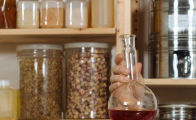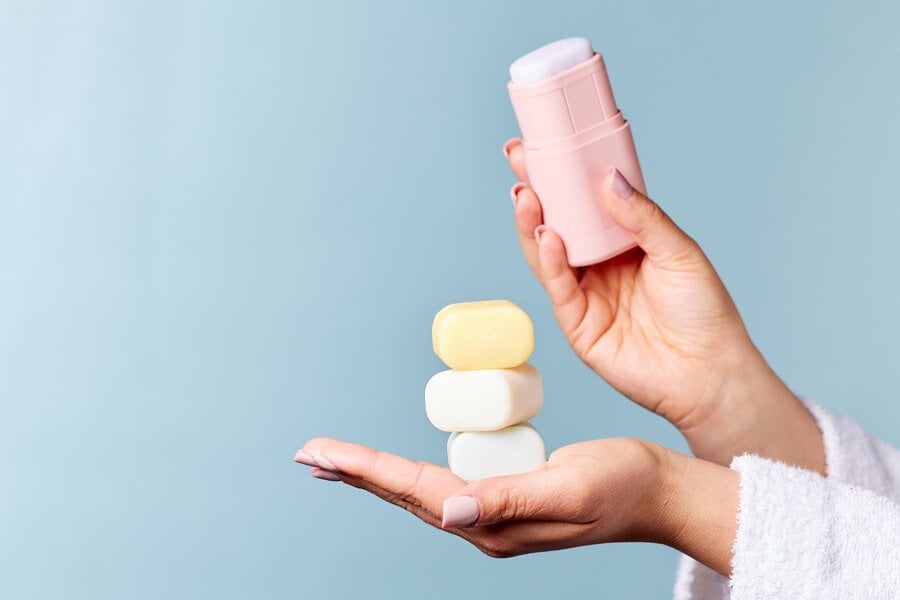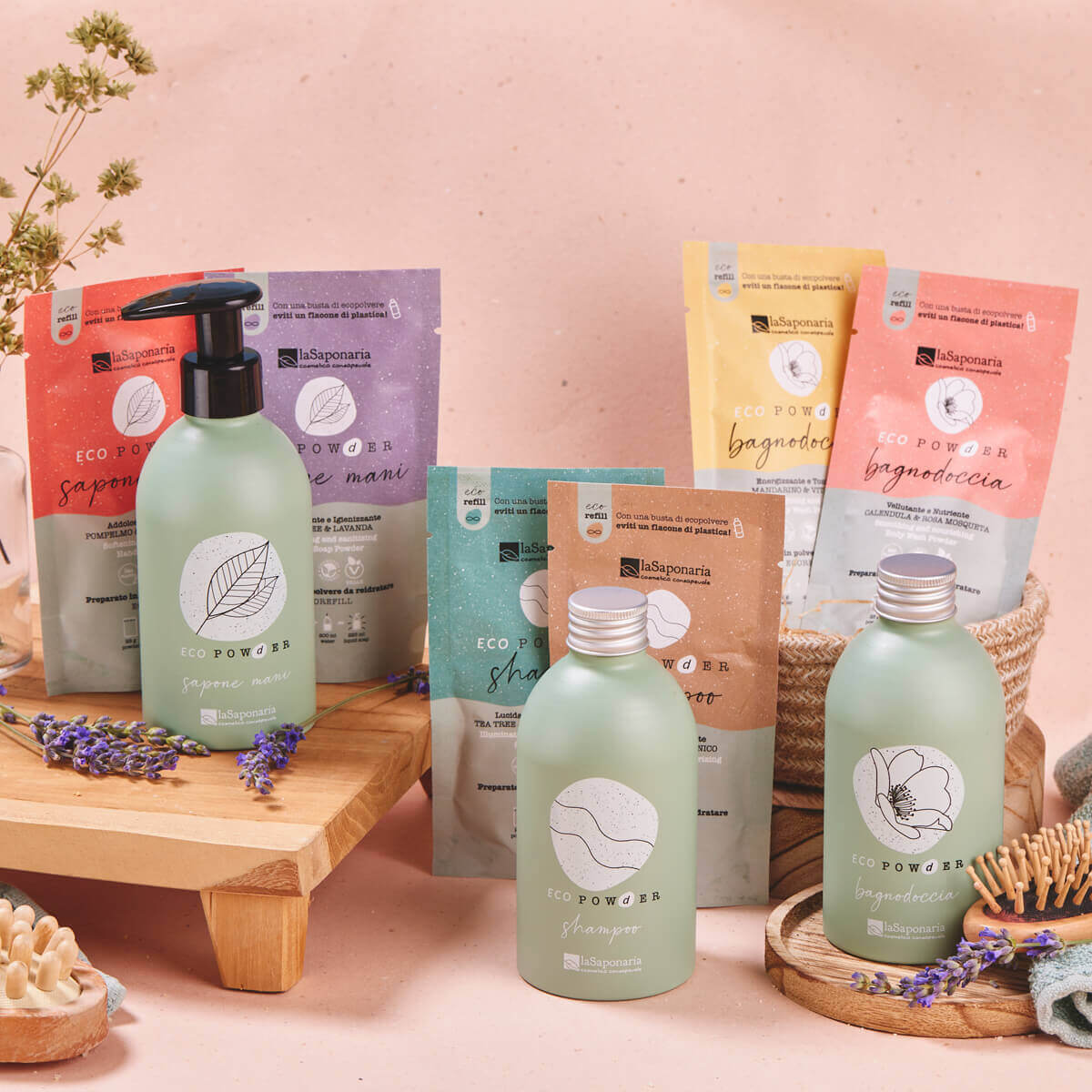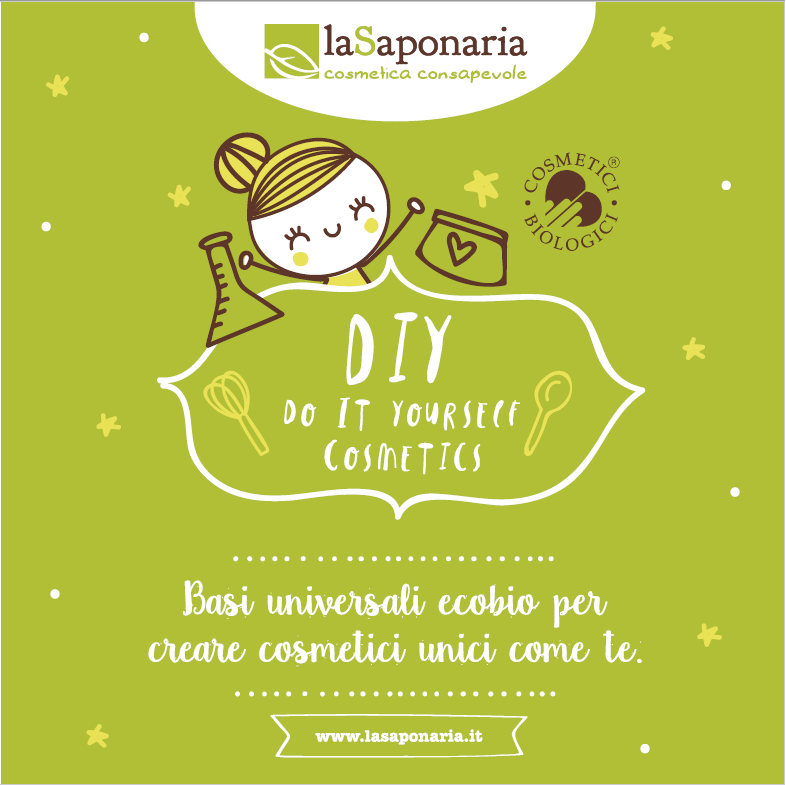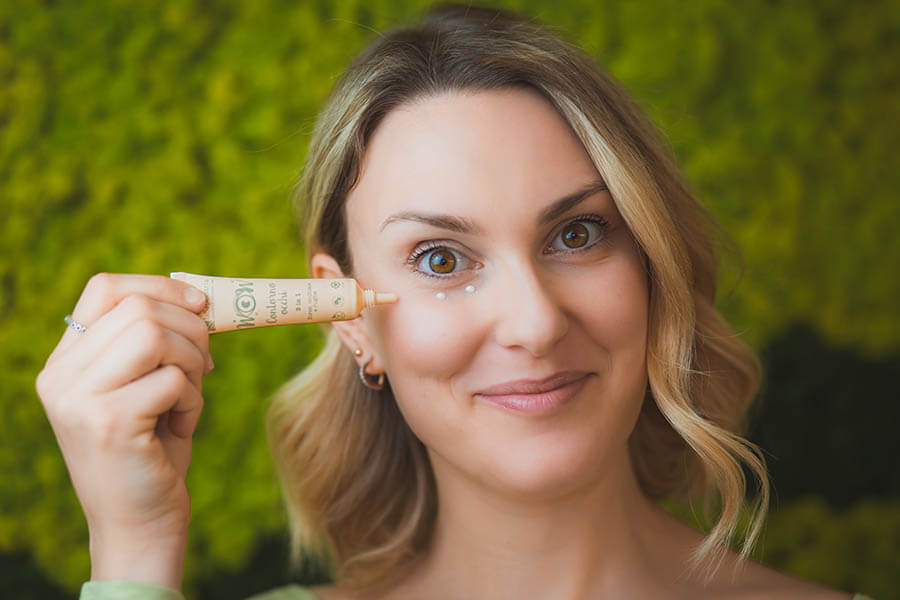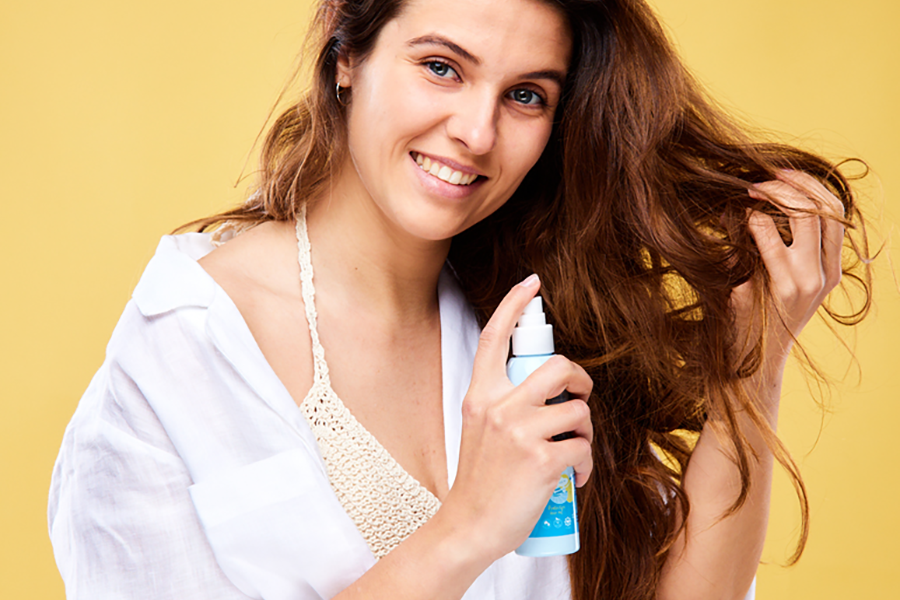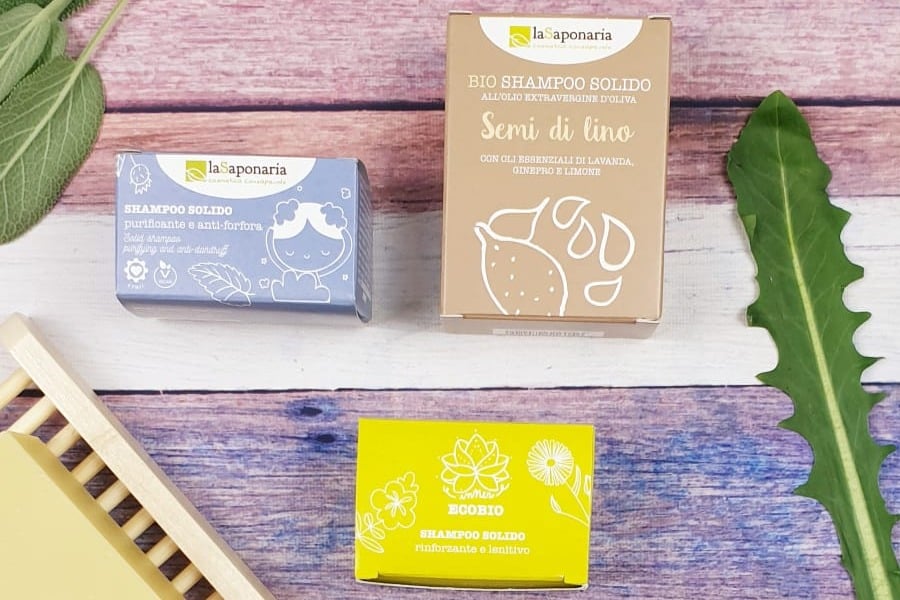The insights of La Saponaria
All you need to know to recognize oily skin
Having beautiful, bright and smooth skin is not always easy especially if you are dealing with excessive sebum production. In this article, we will look at how to recognize oily skin and what are the peculiarities that characterize it.
Oily skin
Oily skin is a type of skin characterized by a high and excessive oiliness and the presence of blackheads and blackheads, especially in the T zone of the face, that is, face, nose and chin. Basically, if you have this type of skin, it means that the production of sebum is abundant in all areas of the face and therefore it appears uniformly shiny and oily.
However, if you are thinking that oily skin is always synonymous with shiny skin, you are wrong: in very oily skin sebum is denser and waxy, thus becoming dull and making the complexion appear dull and asphyxiated.
![]()
Recognize oily skin: what are the characteristics
Any of us to describe oily skin, would use these words: sebum, lucidity, pimples, blackheads, acne.
Oily skin is characterized by excessive production of sebum, which can be caused by several factors. Usually, oily skin is very shiny, but as we said earlier, if the sebum is very waxy and dense, the appearance of the skin will be dull and off. In addition, when sebum is often waxy, it hinders skin perspiration and clogs the hair follicles, thus favoring the development of microorganisms. Just this is the cause of unsightly and annoying pimples!
This just described is what everyone would expect from oily skin. However, the skin can make fun of us and be deceptive and, despite being oily, can show itself dry and orange peel. When this happens, the skin is called asphyxia and is a condition due to the dilation of the walls of the occluded hair follicles, which store the fatty substance.
To simplify, we are faced with a oily skin in the presence of:
- Excessive oiliness
- Very shiny skin
- Dull and off complexion
- Acne
- Pimples
- Black dots (open)
- White dots (closed)
- Dry skin and orange peel (asphyxiated)
- Seborrheic dermatitis
- Enlarged pores
Classification of oily skin
As we have just seen, oily skin can take various forms. Recognizing oily skin is therefore not difficult, but it can be classified in different ways and enclosed in four categories.
Oily greasy skin
In the case of oily greasy skin, the sebum is very fluid and the skin appears shiny and with very dilated pores. The production of sebum is abundant, but not extraordinary. This type of skin can be treated more easily than the others.
Seborrheic oily skin
In this case the sebaceous glands work at a high rate and the sebum is quite abundant. The sebum is dense and the skin is no longer shiny, but dull and dull. In addition, excess sebum dilates the walls of the follicles and the pores, which are dilated, facilitate the penetration of dirt and pollution, favoring the appearance of pimples and blackheads.
Asphyxiated oily skin (or falsely dry)
In the asphyxiated skin the sebum is even more dense and waxy and cannot escape, remaining trapped in the follicles. Together with sebum, cellular debris and bacteria remain imprisoned, however, leading to the appearance of comedones, which may be closed (white spots) or open (black points). At first glance, you would never call it oily asphyxiated skin, as it appears dry and rough (because of the many comedones) and prone to flaking.
Impure and acneic skin
We all know the impure and acne skin: who does not know or was not a teenager with acne? Teenagers are the most affected, but it can also affect adults up to the age of 25-30 years.
The main characteristic of this type of skin is the presence of pustules, lesions containing purulent material, and papules, that is, skin lesions in relief. Unfortunately, impure and acne skin, and the bacteria that distinguish it, involve inflammatory reactions, redness, changes in skin temperature.
Mixed skin
Oily Skin |
Seborrheic Skin |
Skin
|
Acneic Skin |
Combination Skin |
|
• Fluid sebum • Shiny skin • Enlarged pores |
• Thick sebum • Matte leather • Pimples • Black spots |
• Dense sebum and waxy • Dry and rough skin • Comedones |
• Pustules • Papules • Redness • Inflammatory reactions • Changes in temperature |
• Dry skin • Oily skin |
The causes of oily skin
Recognizing oily skin is not difficult, but identifying the causes can be more complex. Below, we will list the main reasons that lead to oily skin.
1. Genetics
The main cause of oily skin is genetics. Probably in the family someone has acne, shiny and oily skin like you... at least you are not alone! The type of skin, in fact, is determined mostly by the individual genetic makeup.
But there is a differentiation to be made: for once, it is men who suffer the most from this condition. The male skin is notoriously fatter and thicker because of the androgenic hormones that stimulate the sebaceous glands. Many boys suffer from oily skin not only on the face, but also on the trunk and shoulders.
For women, on the other hand, the level of oiliness of the skin often depends on the period: during the menstrual cycle, for example, the skin appears oilier and pimples may appear unpleasant to the eye!
2. Adolescence
Apathy, aggression, body changes, mood swings and... oily skin! Who as a teenager didn’t have oily skin or acne? There are few who can answer that they have not had them! In this period, the body changes and prepares to move from child to adult. Of all the changes, the skin is the most noticeable at a glance. During adolescence, the seborrheic glands produce more sebum and this leads to the appearance of pimples and excessive oiliness.
![]()
3. Hormonal Imbalance
Hormonal imbalances can cause the glands to work too hard and thus produce more sebum. Women are faced with this problem almost every month, but in some cases even during pregnancy.
Most women develop dehydrated and sensitive skin, but some instead find themselves fighting the opposite problem. I mean, everyone has their own! Sebum production is regulated by hormonal stimuli: testosterone and progesterone stimulate secretion, while estrogens tend to hinder it.
4. Stress
Stress is a bit the cause of everything, let’s face it. Hair loss, slimming, weight gain, mood swings and even oily skin. This is because the hormones of the adrenal glands, including cortisol, increase sebum production.
Whatever type of oily skin you have and whatever the cause, do not lose heart. Remember that the perfect skin does not exist, there are only cures and attentions to be reserved for the most extensive apparatus of our body, which wraps us and accompanies us throughout our lives.
How to best treat this type of skin?
The first advice for those who have this type of skin is to avoid aggressive products, which can alter the hydrolipidic film, irritating the skin and leading to a further increase in the production of sebum by the sebaceous glands, known as rebound effect or paradox effect. The combination skin, impure. oily instead needs delicate and gentle products but specific. A complete routine can really make a difference for this skin type. The objectives a complete routine for mixed skin will be:
- Gently cleanse the oily skin
- Exfoliate the skin, encouraging cell renewal
- Purify the skin and normalize and contain sebaceous production
- Counteract bacterial proliferation, responsible for papules, pustules and acne lesions (choose products with specific ingredients such as Succinic Acid and Shikimico Acid will help us in this!)
- Encouraging the closure of pores
- Deep hydration (not to be underestimated)
- Protect the skin from the elements
These goals can be achieved using only specific products and making some small daily gesture with perseverance, perseverance and without being discouraged! You will appreciate the results only after some time, necessary to allow your skin to reach a new, rediscovered balance! To know in detail how to build a specific beauty routine for this type of skin you can read the article How to properly treat combination, oily and asphyxiated skin.

Written by Simona
She is La Saponaria’s digital writer: always juggling a newsletter to send and a blog article to publish, she lovingly takes care of our social media channels and our e-commerce.



